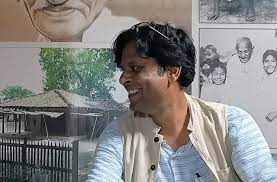- Burning effigy of Nawaz Shariff
Even if one agrees with the argument that the attack would call the nuclear bluff of Pakistan, the huge cost of war would take both countries several decades back. No doubt Pakistan would suffer the most but India too shall receive a setback in its march towards a developed nation.
Thankfully, Prime Minister Narendra Modi has virtually ruled out this option during his speech at the BJP National Council meeting on Saturday. Instead he challenged Pakistan leaders to a war on poverty and a race for development. At the same time, he has not ruled out any other option that India may exercise to avenge the death of 18 soldiers at Uri. It is also clear from his first public speech after the Uri attack that the efforts to strike a friendship with Pakistan are over. After all he had started his term with an invitation to Sharif and other Saarc leaders at his swearing in ceremony and had followed it up with several meetings with him including the surprise landing in Pakistan earlier this year.
It is certain that India is mulling a measured and strong response to the Uri attack. It cannot afford to sit back and take such attacks lying down. The response has to be a right mix of diplomacy, pressing economic levers and addressing the root causes including growth of terrorism and Kashmir. Some of these steps and covert operations cannot be ruled out but that is something which no country can afford to discuss in public.
Modi also indicated in his speech at the internal troubles faced by Pakistan : “Please ask your leaders, you have PoK. You cannot manage it. Bangladesh was yours, you couldn’t manage it. You cannot manage Gilgit, Baltistan, Balochistan, Sindh….”. Together with his reference to Balochistan in his Independence Day speech and the reports of providing asylum to its self exiled leader Brahumdagh Bugti, there are clear pointers to what could be India’s strategy in the future.

